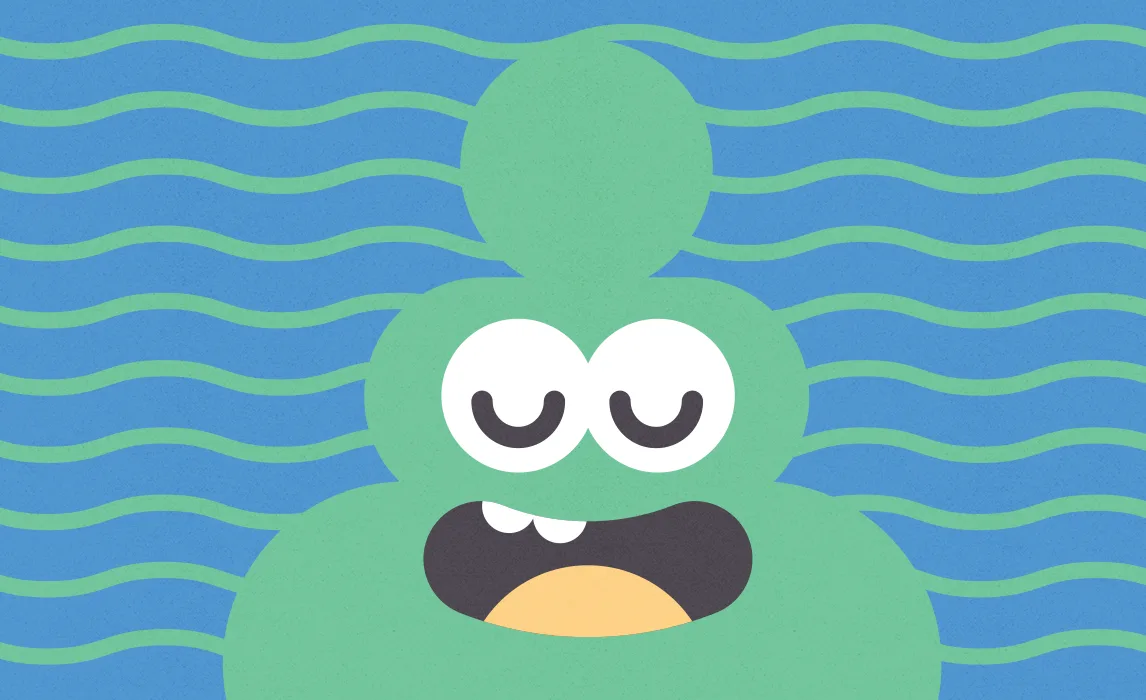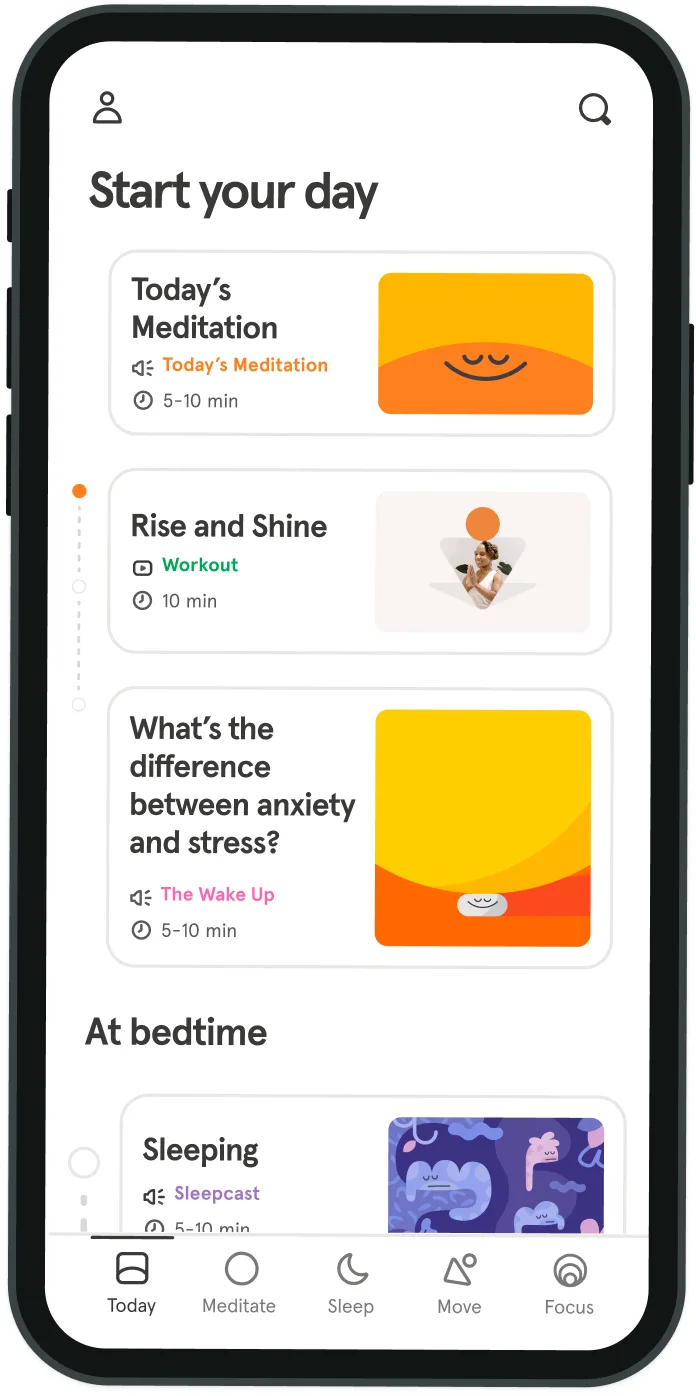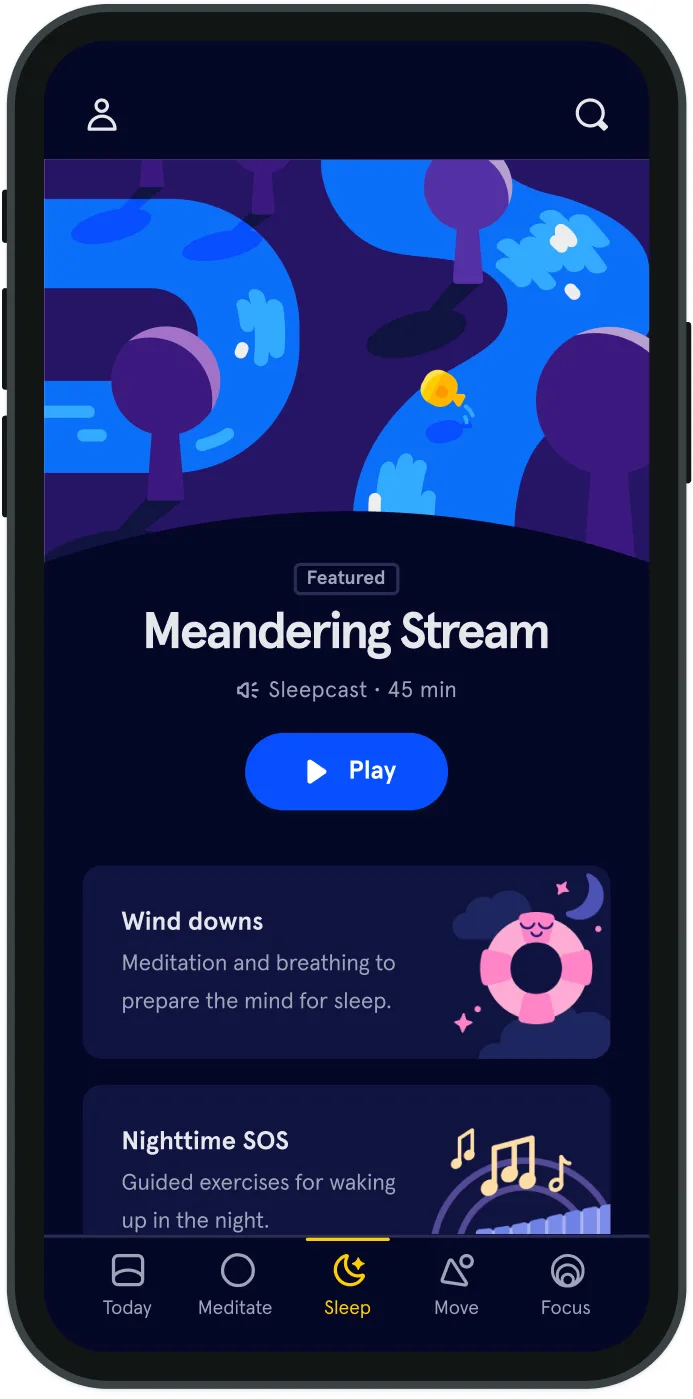Monk-tested, kid-approved
“I need you to remember how this feels, to be so angry and so upset. And next time you feel yourself getting to this point, I need you to find me and say these words: ‘Mom, I need a break.'”
It had been a long time coming, this emotional explosion instigated by what would normally be a run-of-the-mill annoying encounter with his younger brother. This time however, my eight-year-old son, usually patient and resilient beyond his years, dissolved into a sputtering, red-faced fit of fury. As he ran sobbing and hollering from the room, I followed him in shocked concern. Entering his bedroom, I found him on the bed with a pillow pulled over his head, curled into the fetal position. When I sat down and rubbed my hand on his back in an attempt to communicate some comfort, I found his whole body stiff and trembling. After he stopped crying into his sheets, he looked up at me with his shining blue eyes and I remembered; he doesn’t know how to do this. Because of his easy-going nature and mature approach to life, I sometimes forget that he is still so young. Daniel J. Siegel, in his book “The Whole-Brain Child: 12 Revolutionary Strategies to Nurture Your Child's Developing Mind, Survive Everyday Parenting Struggles, and Help Your Family Thrive” states, “One reason big feelings can be so uncomfortable for small children is that they don’t view those emotions as temporary.” As he grows, my son is encountering new emotions and navigating novel internal responses all the time. It’s my job as his parent to teach him not only the importance of paying attention to his body and the messages it’s sending him, but also that the emotions flooding his brain in a difficult moment will not last forever and that he has what it takes to see himself to the other side.
And so I placed my hand on his belly and said, “Feel that? How your tummy is tight?” I moved my hand to his face, “And that. You’re clenching your teeth.” I showed him his closed fists and I asked him to take a deep breath, to feel himself relax. In the last decade, the intimate connection between mind and body has become hard fact, no longer a mystical question or theory, but a starting place for real solutions. Emotional health in childhood has been linked to successful adulthood and overall well-being time and time again. Because of this, educators and child development experts have dug deep into researching best practices for cultivating emotionally healthy families and schools. In 2007, Visitacion Valley Middle School became the first public school in the nation to implement Quiet Time, an intervention that offers meditation, “a simple, easily learned technique, practiced by students and teachers while sitting comfortably with the eyes closed,” twice a day as a school-wide stress reducer. Since its implementation, this struggling school, known for high rates of violence and low rates of student success, has experienced a massive reduction in suspensions, truancies, and an increase in grade point averages. As more schools around the Bay Area have adopted Quiet Time, the San Francisco Chronicle reports, “On the California Achievement Test, twice as many students in Quiet Time schools have become proficient in English, compared with students in similar schools where the program doesn't exist, and the gap is even bigger in math.” While meditation is offered, it is not required. Students are able to read, color, or just sit quietly during Quiet Time. As they participate in one of these activities, they are simultaneously engaging in mindfulness, a mental health approach that invites the participant into a “state of active, open attention on the present.”
It has been suggested that mindfulness effects are comparable with what would be expected from the use of an antidepressant in a primary care population. It has no negative side effects, and it can also be effectively used in conjunction with pharmaceutical options by those battling depression. While most studies focus on mindfulness in the adult population, Siegel reminds us, “as children develop, their brains "mirror" their parent's brain. In other words, the parent's own growth and development, or lack of those, impact the child's brain. As parents become more aware and emotionally healthy, their children reap the rewards and move toward health as well.” I didn’t embrace the wisdom of self-care via mindfulness until I was about thirty and the cost to both myself and my loved ones was significant. I want better for my sons. I want them to grow up with a healthy knowledge of their inner workings so that their lives can be as satisfying, generous, and productive as possible. And that’s why my son and I spent the next twenty minutes making a plan for him to get out of the house for a little while, to stretch out and have an evening away to relax in his own way, far from from the pressures of home. The next day at about five o’clock, his Papa picked him up and off they went for a night of food, board games, and quiet, focused attention. When the following morning arrived, he returned home wearing a relaxed smile and an excited glow at seeing his brothers again. Since that day, we’ve had a few more talks about paying attention to our bodies, about having patience with one another, and with ourselves. I’ve made an extra effort to match my words with my actions and I routinely “take a break” of my own. With Siegel’s words ringing in my ear, I head out the front door and trust that my sons know that when I return, we’ll all be better for the time away. Alongside an understanding of their own limitations and tools to respond in mentally and physically healthy ways, a happy and healthy mother is, after all, the best gift I can give them.

I want my sons to grow up with a healthy knowledge of their inner workings so that their lives can be as satisfying, generous, and productive as possible.
Sarah Torna Roberts


Be kind to your mind
- Access the full library of 500+ meditations on everything from stress, to resilience, to compassion
- Put your mind to bed with sleep sounds, music, and wind-down exercises
- Make mindfulness a part of your daily routine with tension-releasing workouts, relaxing yoga, Focus music playlists, and more
Meditation and mindfulness for any mind, any mood, any goal

Stay in the loop
Be the first to get updates on our latest content, special offers, and new features.
By signing up, you’re agreeing to receive marketing emails from Headspace. You can unsubscribe at any time. For more details, check out our Privacy Policy.
- © 2025 Headspace Inc.
- Terms & conditions
- Privacy policy
- Consumer Health Data
- Your privacy choices
- CA Privacy Notice
